
Renault Kadjar 4x4 (2015-2022) running costs and reliability
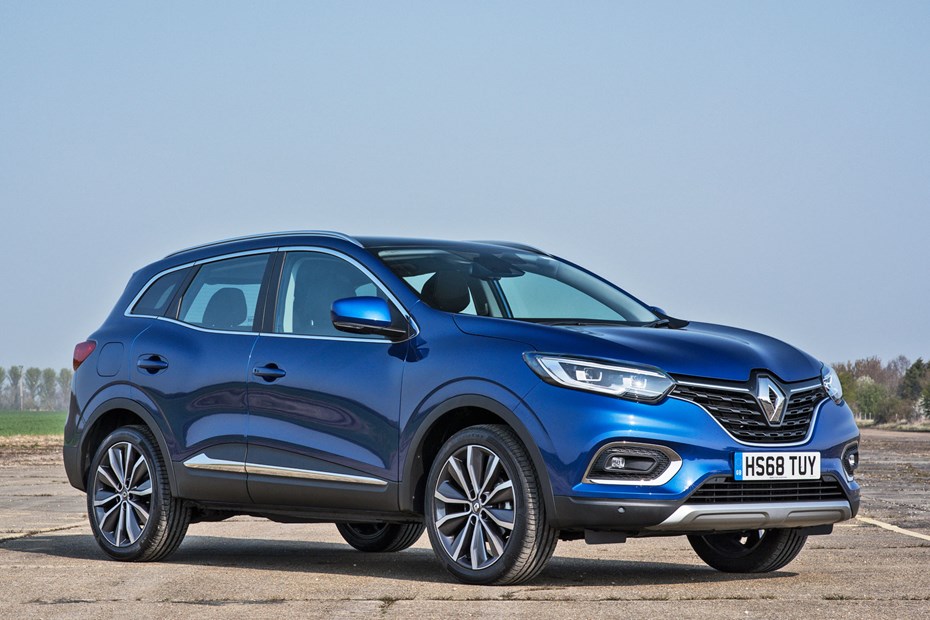
Miles per pound (mpp) ⓘ
| Petrol engines | 6.1 - 6.7 mpp |
|---|---|
| Diesel engines | 6.1 - 7.4 mpp |
Fuel economy ⓘ
| Petrol engines | 41.5 - 45.6 mpg |
|---|---|
| Diesel engines | 47.9 - 57.7 mpg |
- All Kadjars boast low running costs
- Less powerful diesel is the cheapest runner
- Emissions as low as 128g/km of CO2
Considering the residual values Renault is claiming for this model, you should be able to pick up a fantastic lease deal too and depreciation won’t hurt the outright cash buyer as much either.
Considering the practicality of this car, the Renault Kadjar’s running costs aren’t actually that high. The most efficient version is the Blue dCi 115 diesel engine with the automatic gearbox, returning 54.3-57.7mpg and 54.3-56.5mpg with the manual gearbox.
At the top of the range, the Blue dCi 150 should prove cheap to run too, with front-wheel drive models being more efficient than four-wheel drive, achieving between 52.1-54.3mpg. This drops to 47.9-49.7 for the 4x4 version.
Even if you choose the most powerful TCe 160 petrol – it’s hardly going to break the bank: Renault quotes 42.6-44.1mpg, while the less-powerful TCe 140 actually performs a little worse – perhaps due to the need for it to work a little harder to lug the Kadjar’s weight. The EDC-equipped TCe 140 returns the lowest figures in the range, with 41.5-43.5mpg. The manual version sees 42.2-42.8mpg.
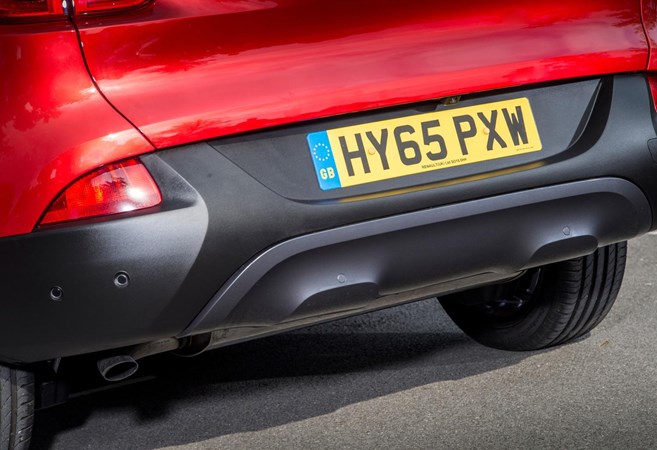
Stop-start is standard, along with an Eco button that softens the response of the accelerator pedal and allows you to be as smooth as possible.
For the best Renault Kadjar emissions – when it comes to CO2 at least – you’ll need the dCi 115 engine with the EDC automatic gearbox. This model pumps out 128g/km of CO2, making it the cleanest in the range, but the manual isn’t far behind at 131g/km.
The opposite end of the Kadjar scale isn’t too far away, though, with the dCi 150 4x4 posting a figure of 155g/km of CO2.
The cleanest petrol is the entry-level Play TCe 140, with 147g/km for both the manual and automatic gearbox. In contrast, the highest-polluting petrol is the GT Line TCe 140 automatic, with 154g/km.
Reliability
- Kadjar feels well-assembled with good quality plastics
- It also shares its hardware with the Nissan Qashqai
- Still the Renault’s suffered from three recalls already
Renault previously offered a four-year warranty that appealed here too, and it included the same amount of breakdown cover for a little extra peace of mind. Now, though, it’s a standard three-year warranty.
Despite sharing much of its hardware with the Nissan Qashqai, the reliability of the Renault Kadjar has initially proven to be disappointing given that it’s already been subjected to three recalls by the vehicle inspectorate, the DVSA.
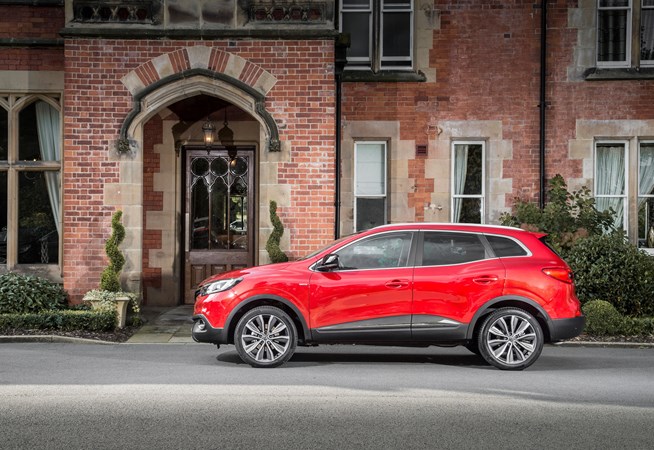
One recall revolved around an engine power issue, while the other two were safety-related: seatbelt anchorage points and airbag maladies.
More positively, the Kadjar does feel well screwed together, and most of the plastics feel resilient, so we’re not expecting a flurry of issues about trim working its way loose.
Ongoing running costs
| Road tax | £20 - £195 |
|---|---|
| Insurance group | 14 - 25 |
Get an insurance quote with

|
|



.jpg)
.jpg)

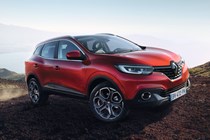
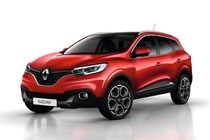

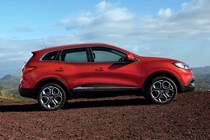
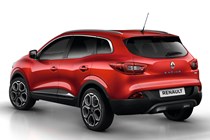
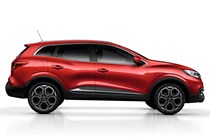
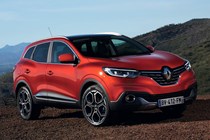
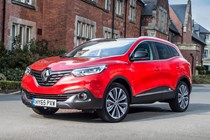
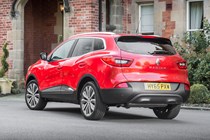
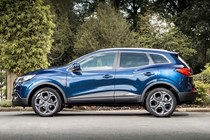
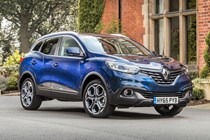

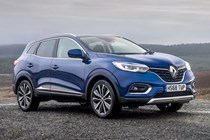
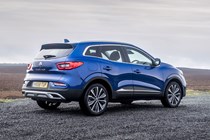
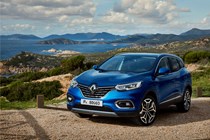
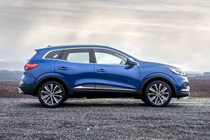

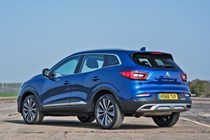
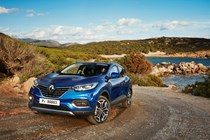
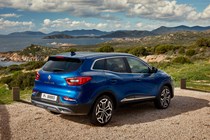
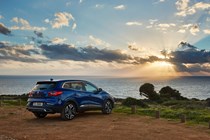
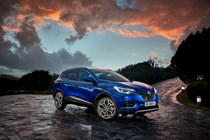
.jpg)
.jpg)
.jpg)
.jpg)
.jpg)
.jpg)
.jpg)
.jpg)
.jpg)
.jpg)
.jpg)
.jpg)
.jpg)
.jpg)
.jpg)
.jpg)
.jpg)
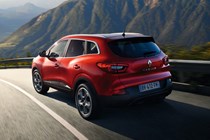
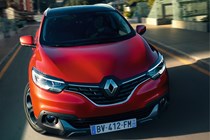
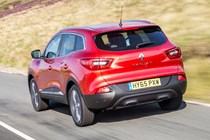
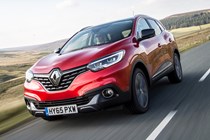
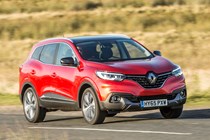
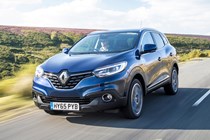
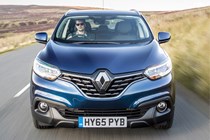
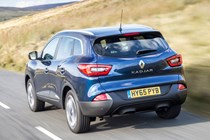
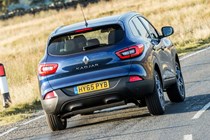
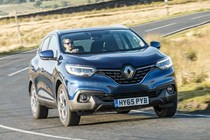
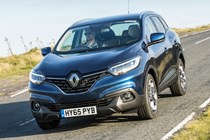
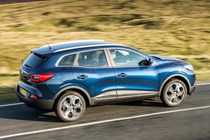
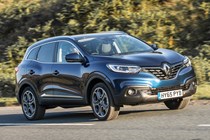
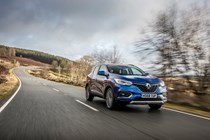
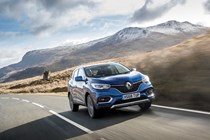
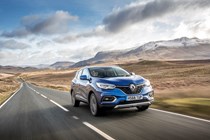

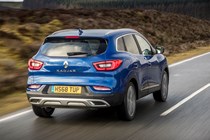
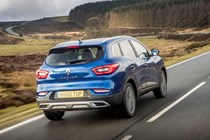
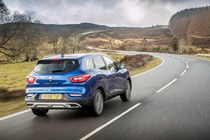
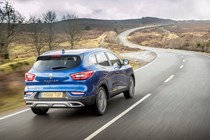
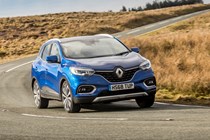
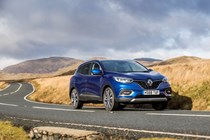
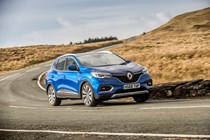
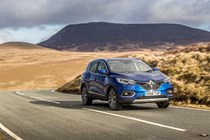

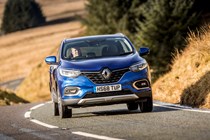
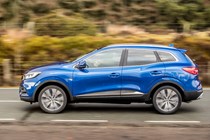
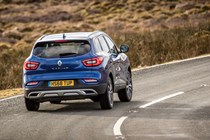
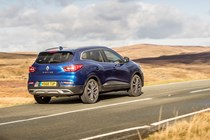
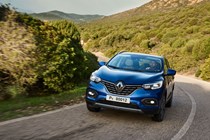
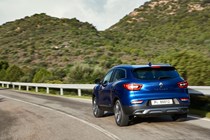
.jpg)
.jpg)
.jpg)
.jpg)
.jpg)
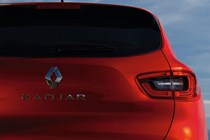
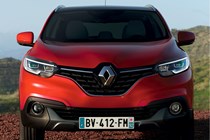
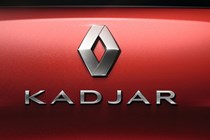
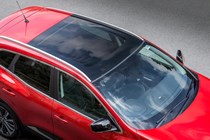
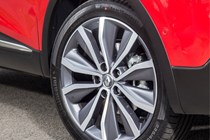
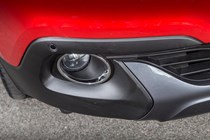

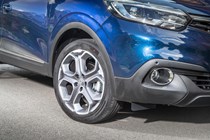
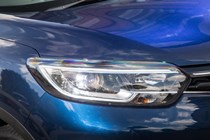
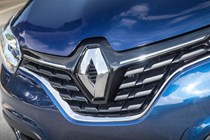
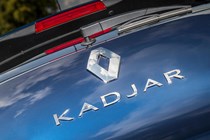
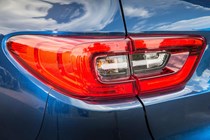
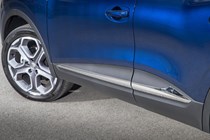
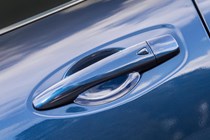
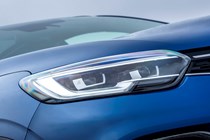
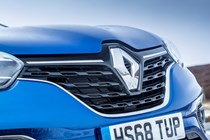
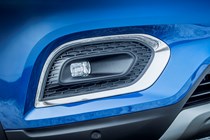
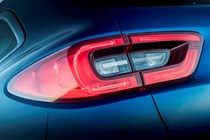
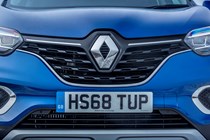
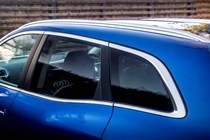
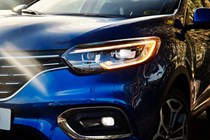
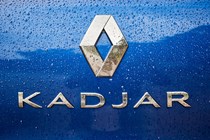
.jpg)
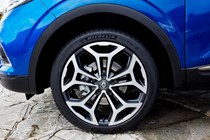
.jpg)
.jpg)
.jpg)
.jpg)
.jpg)
.jpg)
.jpg)
.jpg)
.jpg)
.jpg)
.jpg)
.jpg)
.jpg)
.jpg)
.jpg)
.jpg)
.jpg)
.jpg)
.jpg)
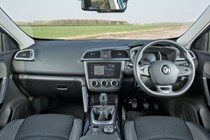
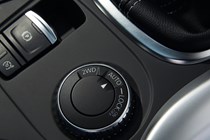
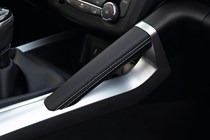
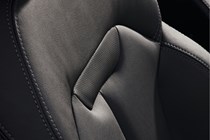
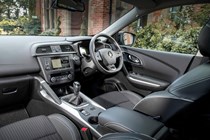
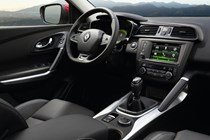
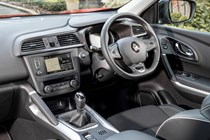
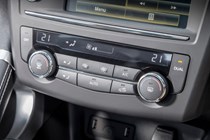
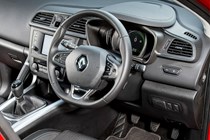
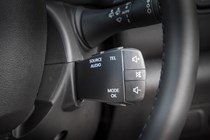
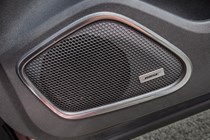
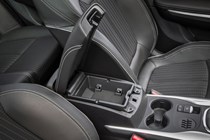
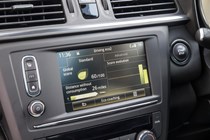
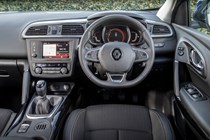
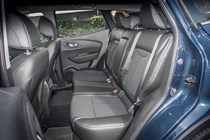
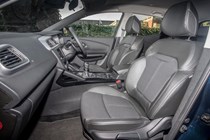
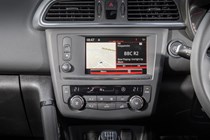
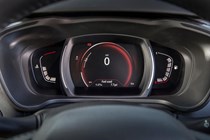

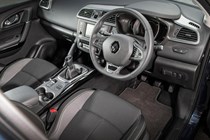
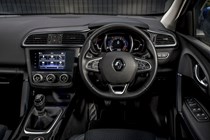
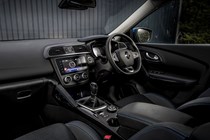
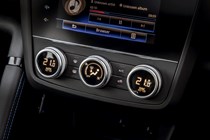
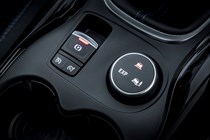
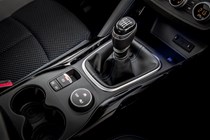
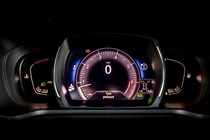
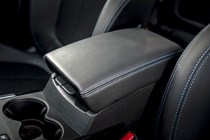
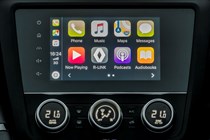
.jpg)
.jpg)
.jpg)
.jpg)
.jpg)
.jpg)
.jpg)
.jpg)
.jpg)
.jpg)
.jpg)
.jpg)
.jpg)
.jpg)
.jpg)
.jpg)
.jpg)
.jpg)
.jpg)
.jpg)
.jpg)
.jpg)
.jpg)
.jpg)
.jpg)
.jpg)
.jpg)
.jpg)
.jpg)
.jpg)
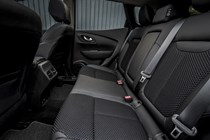
.jpg)
.jpg)
.jpg)
.jpg)
.jpg)
.jpg)
.jpg)
.jpg)
.jpg)
.jpg)
.jpg)
.jpg)
.jpg)
.jpg)
.jpg)
.jpg)
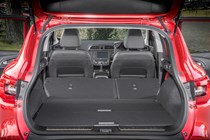

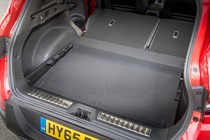
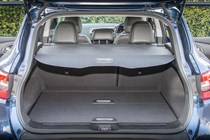
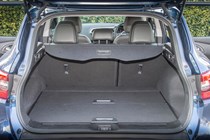
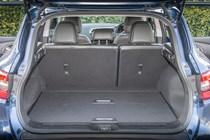

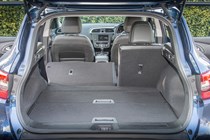
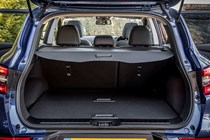
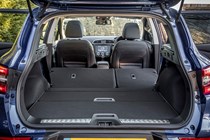
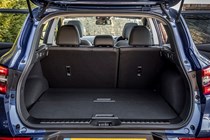
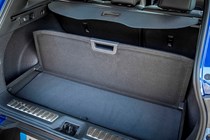
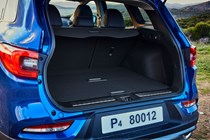
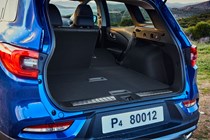
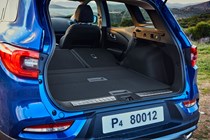
.jpg)
.jpg)
.jpg)
.jpg)
.jpg)
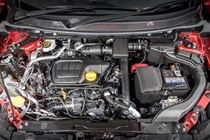
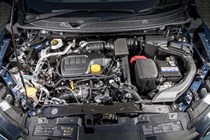
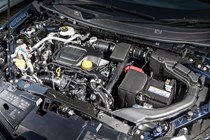
.jpg)
.jpg)
.jpg)
.jpg)



.jpg?quality=50)
.jpg?quality=50)























.jpg?quality=50)
.jpg?quality=50)
.jpg?quality=50)
.jpg?quality=50)
.jpg?quality=50)
.jpg?quality=50)
.jpg?quality=50)
.jpg?quality=50)
.jpg?quality=50)
.jpg?quality=50)
.jpg?quality=50)
.jpg?quality=50)
.jpg?quality=50)
.jpg?quality=50)
.jpg?quality=50)
.jpg?quality=50)
.jpg?quality=50)
































.jpg?quality=50)
.jpg?quality=50)
.jpg?quality=50)
.jpg?quality=50)
.jpg?quality=50)






















.jpg?quality=50)

.jpg?quality=50)
.jpg?quality=50)
.jpg?quality=50)
.jpg?quality=50)
.jpg?quality=50)
.jpg?quality=50)
.jpg?quality=50)
.jpg?quality=50)
.jpg?quality=50)
.jpg?quality=50)
.jpg?quality=50)
.jpg?quality=50)
.jpg?quality=50)
.jpg?quality=50)
.jpg?quality=50)
.jpg?quality=50)
.jpg?quality=50)
.jpg?quality=50)
.jpg?quality=50)




























.jpg?quality=50)
.jpg?quality=50)
.jpg?quality=50)
.jpg?quality=50)
.jpg?quality=50)
.jpg?quality=50)
.jpg?quality=50)
.jpg?quality=50)
.jpg?quality=50)
.jpg?quality=50)
.jpg?quality=50)
.jpg?quality=50)
.jpg?quality=50)
.jpg?quality=50)
.jpg?quality=50)
.jpg?quality=50)
.jpg?quality=50)
.jpg?quality=50)
.jpg?quality=50)
.jpg?quality=50)
.jpg?quality=50)
.jpg?quality=50)
.jpg?quality=50)
.jpg?quality=50)
.jpg?quality=50)
.jpg?quality=50)
.jpg?quality=50)
.jpg?quality=50)
.jpg?quality=50)
.jpg?quality=50)

.jpg?quality=50)
.jpg?quality=50)
.jpg?quality=50)
.jpg?quality=50)
.jpg?quality=50)
.jpg?quality=50)
.jpg?quality=50)
.jpg?quality=50)
.jpg?quality=50)
.jpg?quality=50)
.jpg?quality=50)
.jpg?quality=50)
.jpg?quality=50)
.jpg?quality=50)
.jpg?quality=50)
.jpg?quality=50)















.jpg?quality=50)
.jpg?quality=50)
.jpg?quality=50)
.jpg?quality=50)
.jpg?quality=50)



.jpg?quality=50)
.jpg?quality=50)
.jpg?quality=50)
.jpg?quality=50)